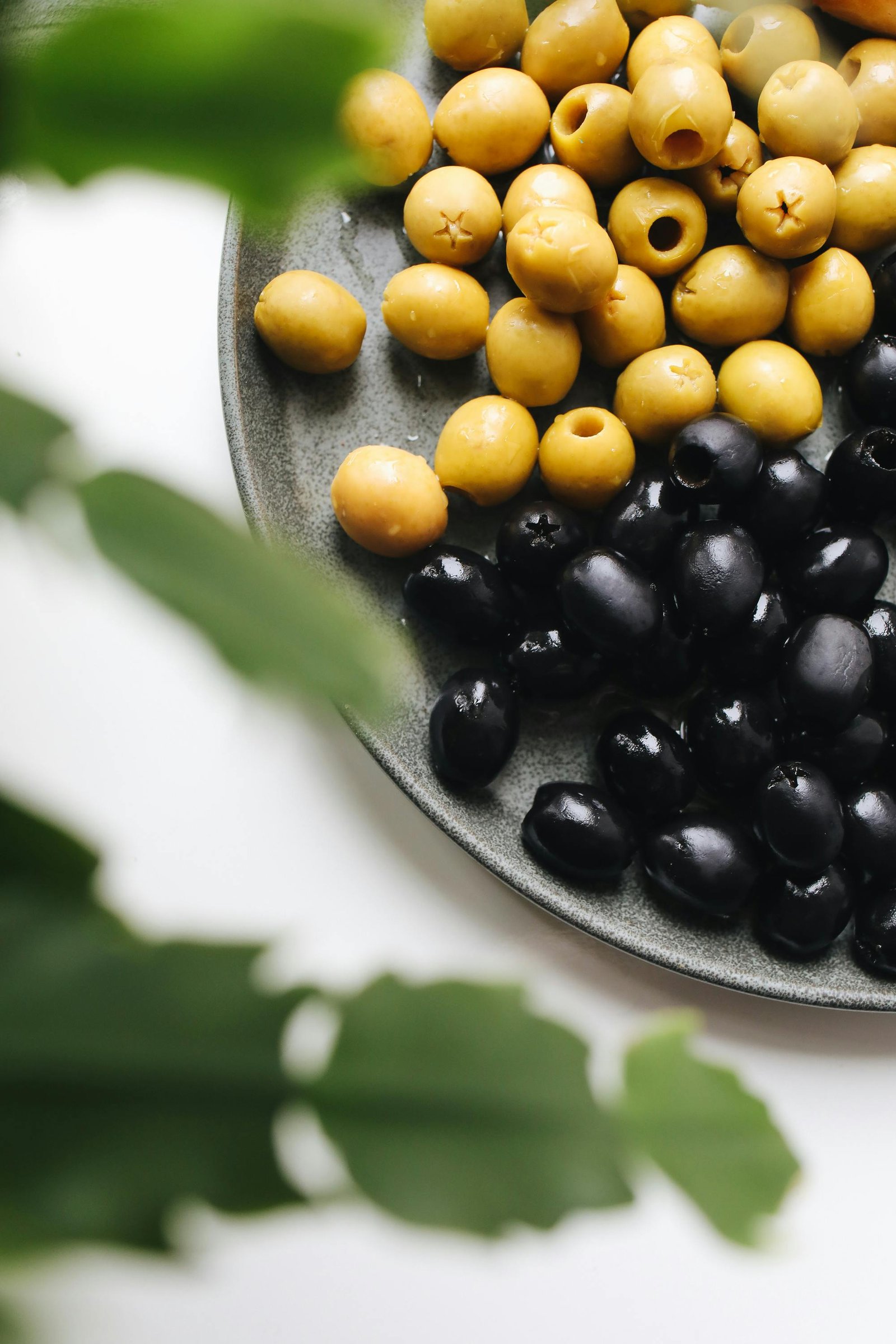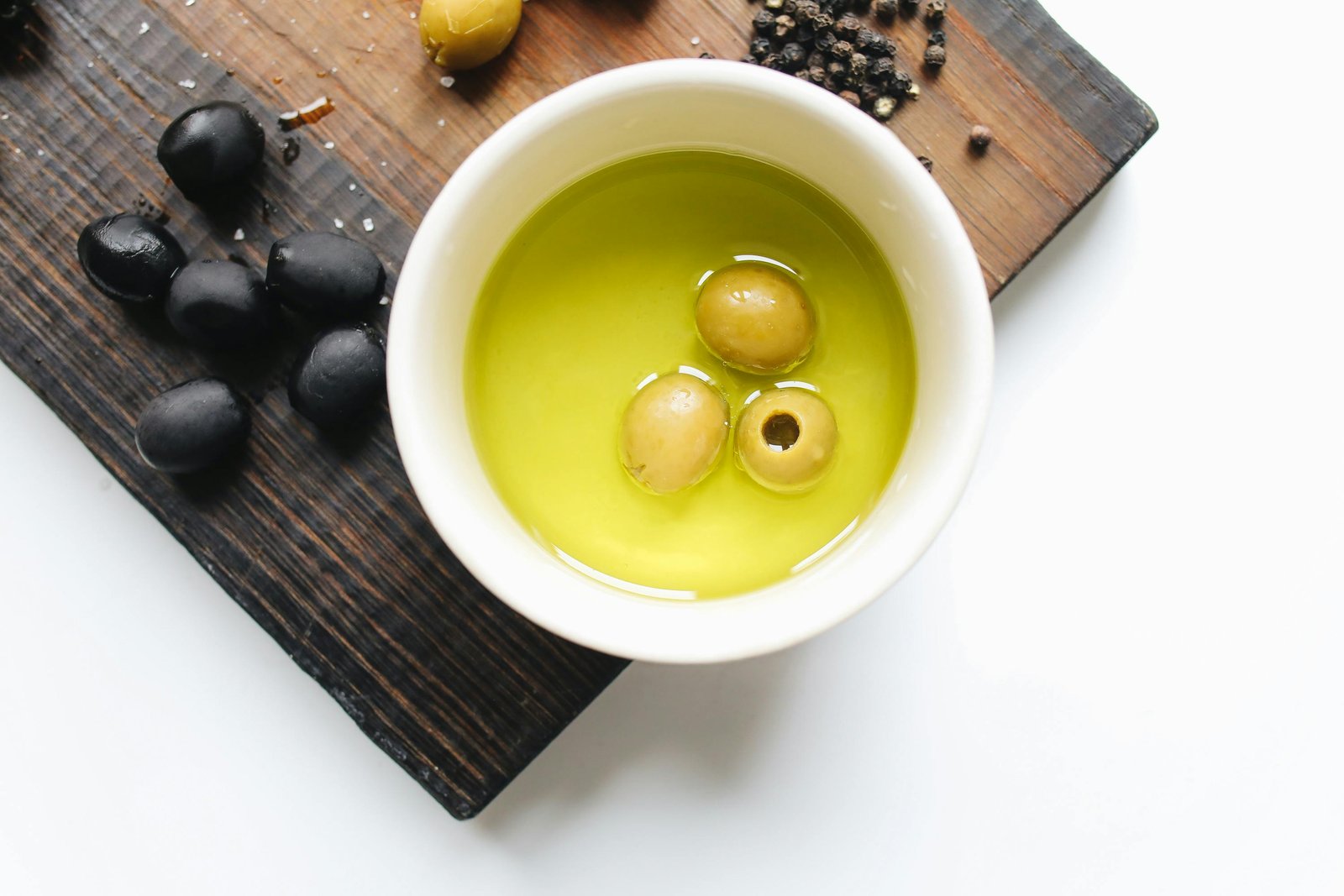
Greek Olive Oil vs Italian Olive Oil: What’s the Difference?
Greek and Italian olive oils both enjoy a legendary reputation — but if you’ve ever wondered which is better, healthier, or more authentic, you’re not alone. While they share Mediterranean roots, these two oils differ in flavor, production methods, and even quality standards.
In this guide, we break down the real differences between Greek olive oil vs Italian olive oil — so you can make an informed choice for your kitchen, diet, or skincare routine.
🌿 1. Olive Varieties Used
The type of olive used plays a major role in the flavor and nutritional value of the oil.
Greek Olive Oil:
- Commonly uses Koroneiki, Manaki, and Athinolia olives
- Known for robust flavor, high polyphenols, and green fruitiness
Italian Olive Oil:
- Often blends multiple varieties like Frantoio, Leccino, and Taggiasca
- Tends to be more balanced, slightly peppery, and smoother
💡 Note: Greek oils often stick to single-varietal sources, while Italian oils frequently blend for specific taste profiles.
🧴 2. Taste & Flavor Profiles
Greek Olive Oil Taste:
- Bold, grassy, and slightly bitter (due to high polyphenols)
- Strong peppery finish — especially in early harvest oils
Italian Olive Oil Taste:
- Milder, sometimes buttery or nutty
- Often preferred for neutral dishes like pasta or risotto
If you like strong, aromatic oils — Greek is your go-to. For smoother, delicate flavor — Italian might be your match.
🧪 3. Polyphenol & Nutritional Content
Polyphenols are powerful antioxidants that support heart health, reduce inflammation, and protect against aging.
| Type | Average Polyphenols (mg/kg) |
|---|---|
| Greek Olive Oil | 500–1200 (higher in early harvest) |
| Italian Olive Oil | 200–600 (varies by blend) |
✅ Greek oils generally rank higher in polyphenol concentration — especially those from Crete and Kalamata.
🏛️ 4. Country Standards & Production Transparency
Greek Production Standards:
- Often from small family farms
- Many oils are PDO certified (e.g. Sitia, Kalamata)
- Cold-pressed & unfiltered methods still common
Italian Production Standards:
- Large industry with strict DOP/IGP labels
- May include oil from non-Italian olives (read labels carefully!)
- Often refined for mass export
📦 Tip: Always check for “100% Italian olives” vs “Packed in Italy” — they’re not the same!
🫒 5. Best Use in Cooking
| Cooking Use | Best Option |
|---|---|
| Raw salads / dips | Greek EVOO (bold, flavorful) |
| Light sautéing | Either (but Greek oil holds better polyphenols) |
| Baking / neutral dishes | Italian EVOO (smoother finish) |
| Skincare & beauty | Greek (higher squalene + antioxidants) |
🧑🍳 For Mediterranean-style cooking, Greek olive oil offers stronger taste and higher nutrition — perfect for dressings and finishing touches.
💰 6. Price & Availability
- Greek Olive Oil: Often more affordable; less marketed globally but widely available online
- Italian Olive Oil: Can be expensive due to branding; some options may be blends with lower-quality oils
💡 Insider Tip: Look for estate-bottled Greek oils for better value and quality compared to heavily marketed Italian supermarket brands.
🧾 FAQ
Is Greek or Italian olive oil healthier?
Greek olive oil typically has higher levels of antioxidants (polyphenols), making it slightly more beneficial for heart health and inflammation.
Why is Italian olive oil so famous?
Italy has invested heavily in marketing and has a long culinary history — but many popular brands may blend non-Italian oils unless labeled otherwise.
Which tastes stronger — Greek or Italian?
Greek olive oil has a stronger, more peppery taste. Italian olive oil is milder and smoother.
Can I cook with both?
Absolutely. For raw use or dressing, Greek olive oil shines. For light cooking or subtle flavors, Italian oil may be preferable.
🔗 Conclusion
Both Greek and Italian olive oils bring something special to the table, but Greek olive oil leads in purity, polyphenol count, and boldness. Whether you’re chasing flavor, health, or authenticity, Greek oils — especially from Crete and Kalamata — offer exceptional quality that’s often underrated.
🥄 Want to taste the difference for yourself?
→ Check out our Buy Greek Olives Online guide to find your perfect match.




